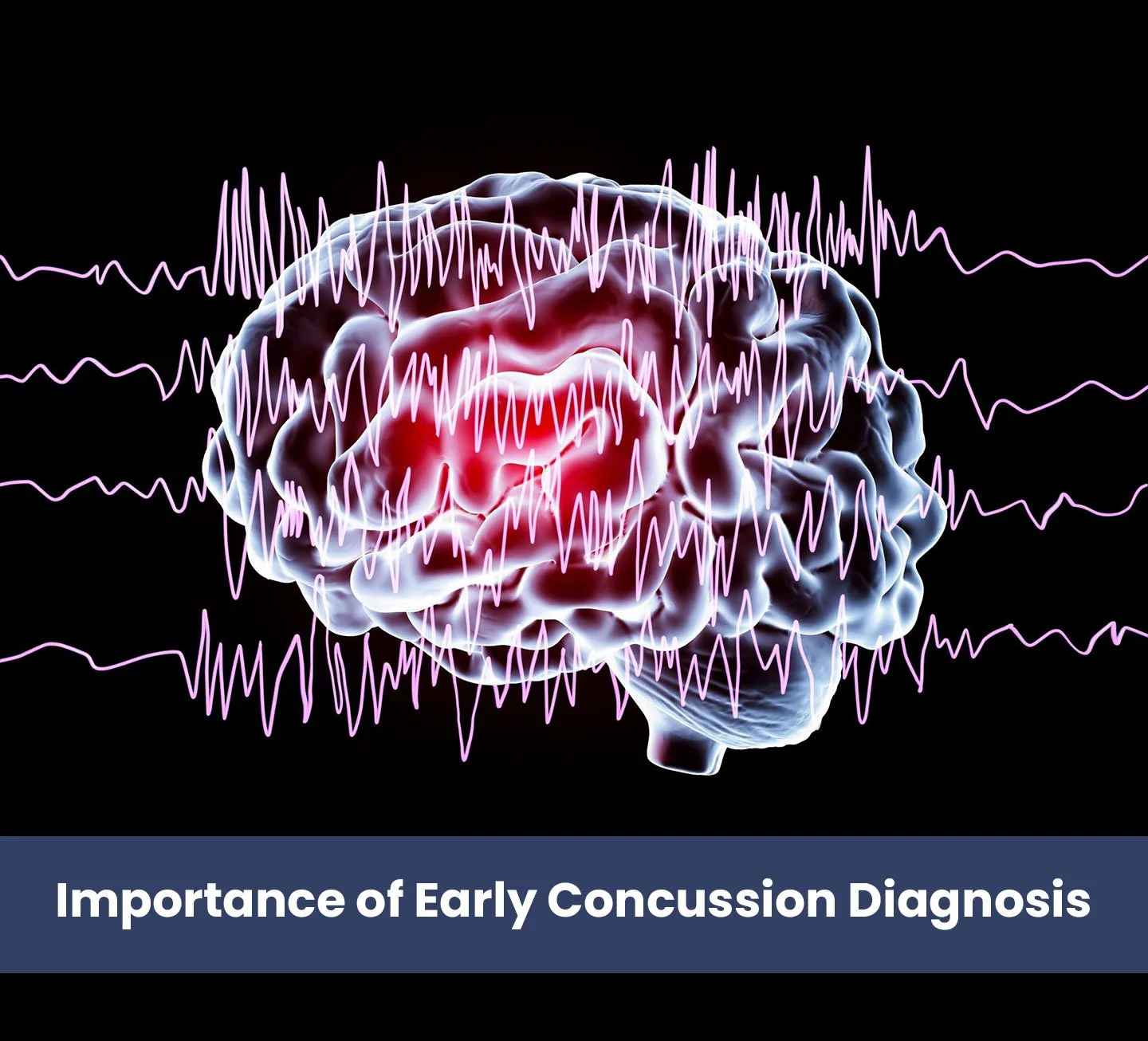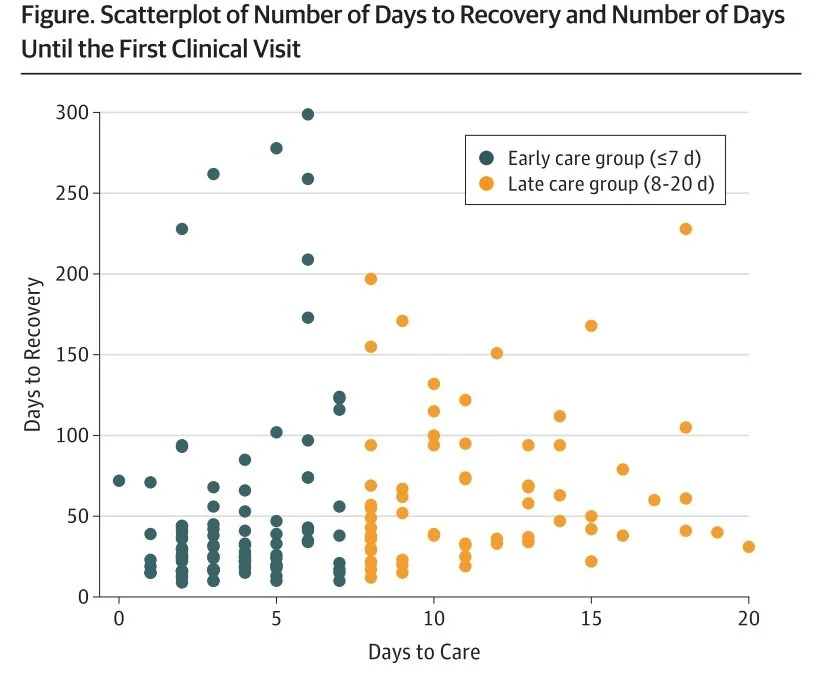The Importance of Early Concussion Diagnosis
Concussions are a growing concern in the world of sports and physical activity, particularly for athletes at all levels. Whether it’s a high school football player or a weekend warrior, identifying and treating concussions promptly is critical to ensuring long-term health and performance. Recent research underscores the value of early diagnosis and intervention, shedding light on how timely care can significantly impact recovery outcomes.
Understanding Concussions
A concussion is a type of traumatic brain injury (TBI) caused by a blow or jolt to the head or body that causes the brain to move rapidly within the skull. This sudden movement can lead to chemical changes in the brain and, in some cases, damage brain cells. Symptoms of concussion can vary widely and may include headaches, dizziness, confusion, memory problems, and sensitivity to light or noise.
However, the invisible nature of this injury often leads to delays in diagnosis. Athletes, coaches, and even healthcare providers may miss subtle signs or dismiss them as minor issues. This delay can have serious consequences, as the brain is in a vulnerable state following the initial injury.
The Evidence Behind Early Intervention
A pivotal study published in JAMA Neurology by Kontos et al. (2020) highlights the importance of early diagnosis and treatment following a concussion. The study examined the relationship between the time elapsed from injury to the first clinical evaluation and the subsequent recovery timeline.
The findings were striking: individuals who sought medical attention within the first seven days post-injury recovered significantly faster than those who delayed their first clinic visit. Delays beyond this window were associated with prolonged symptoms and a higher likelihood of complications, such as persistent concussion symptoms.
These results emphasize that early medical intervention can disrupt the cascade of negative effects associated with delayed recovery. By addressing symptoms early, clinicians can provide targeted management strategies, including physical and cognitive rest, gradual reintroduction of activities, and therapy tailored to the patient’s specific needs.
Barriers to Early Diagnosis
Despite the clear benefits of early intervention, several barriers persist:
Lack of Awareness: Many athletes and their support systems are unaware of the seriousness of concussions or the need for immediate evaluation.
Stigma: Athletes may fear being sidelined or letting down their team, leading them to underreport symptoms.
Access to Care: Not all athletes have immediate access to healthcare professionals trained in concussion management, particularly in rural or underserved areas.
Moving Forward: Advocacy and Education
To address these barriers, a multi-faceted approach is needed:
Education Campaigns: Raising awareness about the signs, symptoms, and risks of concussions can empower athletes, parents, and coaches to act quickly.
Improved Screening Protocols: Athletic organizations should implement routine concussion screening and ensure that all suspected injuries are evaluated promptly.
Training Healthcare Providers: Courses like the upcomingconcussion courses for athletic trainers and physical therapists can equip professionals with the skills to identify and manage concussions effectively.
Conclusion
The research by Kontos et al. (2020) is a wake-up call for athletes, clinicians, and sports organizations. Early diagnosis and intervention are not just beneficial but essential for optimizing recovery and minimizing long-term consequences. By prioritizing education, removing barriers to care, and equipping professionals with the latest knowledge, we can create a safer environment for athletes and help them return to their activities with confidence.
“Timely action can make all the difference—because when it comes to concussions, every day counts”.
Reference:
Kontos, A. P., Jorgensen-Wagers, K., Trbovich, A. M., Ernst, N., Emami, K., Gillie, B., French, J., Holland, C., Elbin, R. J., & Collins, M. W. (2020). Association of Time since Injury to the First Clinic Visit with Recovery Following Concussion. JAMA Neurology, 77(4), 435–440. https://doi.org/10.1001/jamaneurol.2019.4552
Article Link: https://pubmed.ncbi.nlm.nih.gov/31904763/


